Why are Chelsea after Anthony Gordon?
The Blues are reportedly willing to pay up to £60m for the Everton and England U21 International, which has been greeted with disbelief. But is there a method behind this madness?
As soon as Jorginho passed it back to N’golo Kante, Anthony Gordon’s reaction was almost instinctive.
He charged towards Kante, then chased the subsequent pass to Azpilicueta, even though Dele Alli was running at the Spaniard to do the same thing. When Azpi went back to Mendy, Alli, who had only entered the fray at the hour mark, slowed to a jog. But Gordon, who until then had slogged tirelessly and futilely against the formidable Chelsea backline all game, never stopped – closing down Kante again, before accelerating and sliding in to intercept Jorginho’s attempt, recycling possession for his side.
Goodison Park stirred from its sullen silence, roused perhaps by nightmares of last season’s relegation dogfight giving way to fond memories of another Liverpool-born Everton forward who had debuted at 16 two decades ago, and had galvanized the Everton faithful with his selfless, vicious grafting without the ball.
Let’s clear something up straightaway – Anthony Gordon is no Wayne Rooney. Not yet, at least. While both share a love for aggressive, defensive industry, Gordon managed only 4 goals (all of them deflected efforts), 2 assists and created 4 big chances in 2,285 minutes last season. In all honesty, Gordon feels closer to a Park-Ji Sung, an astute defensive winger type capable of more destructive capabilities than creative ones; useful at springing the occasional tactical surprise, like man-marking Andrea Pirlo out of a game. So one wonders why Chelsea and Thomas Tuchel have been more than eager to spend a reported £60m on a battering ram in a market with more sophisticated weaponry. What exactly could be the rationale here that the rest of us can’t see?
The Profile
Strengths
Take nothing away from young Gordon. Dispel the shadow of his massive price tag and Everton’s dismal showing last season, and the luster of his talent is hard to miss. Since making his debut for the England U21s, he has notched up 4 goals and 1 assist in 6 competitive fixtures, dazzling as a left winger unburden by the pressures of carrying the hopes of Merseyside on his young shoulders. A 5’8 fleet-footed winger who was released from the Liverpool and Everton academies for being too lightweight, Gordon spent three months of lockdown, filling out his wiry frame and adding strength without losing his low center of gravity. His speed and acceleration make him a nuisance when he takes defenders on. He can play on either flank and is equally comfortable targeting the byline for a cross, or drifting inside into central zones.
He has very good close control and clever footwork in his locker as well. Coupled with his agility, it allows him to escape sticky situations rather cleanly.
This also makes him very good at earning fouls, most of them in dangerous areas in and around the box. Last season, he earned 69 fouls – the 11th highest tally in the PL. 7 of the 10 above him had played at least 450 minutes more than him.
His crossing is arguably his best weapon; he is able to deliver low crosses and cutbacks with either foot, even while traveling at high speed.
This is also the reason why he’s Everton’s designated corner taker.
As mentioned at the beginning of this article, his defensive application is arguably his best strength. Gordon pressured 23.5 pressures/90 last season, a tally that would have placed him top of the Chelsea squad last season. He engages frequently and aggressively, tracking runners and offering defensive support where required.
Here’s how his defensive output ranks vs. other attackers in Europe’s top 5 leagues.
In central areas, Gordon functions as more of a pass-and-move attacker. At just 20, he shows good signs of being more than just an on-the-ball threat, showing a useful tendency to attack spaces with quick interchanges, often using Dominic Calvert-Lewin as a foil. For the goal, watch how he starts from wide, plays off DCL (who drops deep) and then attacks the space in the box.
There are also shades of a burgeoning intelligence in his off-the-ball movement. Here for instance, a man-marking system by Leeds means Luke Ayling is marking Gordon. In the first instance, Gordon drifts to the center from the left, dragging Ayling very narrow and leaving Raphinha to cater to the wingback Mykolenko. He then attacks the space Calvert-Lewin creates but is not found.
In the second instance, he is still tightly marked by Ayling centrally. He leads Ayling to the ball out wide, and then peels off to find space for a shot.
Scope for Improvement
When it comes to shortcomings, his decision-making leaves a lot of scope for improvement. The timing of his final pass, shooting while off-balance, holding on to the ball for a second too long are pretty frequent occurrences. The quality and quantity of his threat are also not encouraging. In the season past he managed just over 3 shots every 2 games.
Over his relatively short senior career you can see he takes a lot of low xG shots (perhaps understandable, considering 2 of his 4 goals have come from outside the box), but his shots gathered a meagre 3.4 npxG over 25 starts.
A part of it is down to his tendency to keep his head down while dribbling or carrying, decreasing his dynamic awareness of the situations around him.
How/Where Does He Fit?
So why are Chelsea keen on an attacker whose indifferent output looks unlikely to help their uninspiring attack? Well, for starters, it cannot be understated just how bad Everton were in Gordon’s first full season – they had an average possession of 39.7%. They ranked rock bottom – 98th out of 98 teams in Europe’s top 5 leagues – at keeping the ball. In that dire Everton unit, Gordon often figured as one of the most prominent contributors.
In both games against Chelsea last season, for instance, he topped all Everton players for shots taken, carries and dribbles (both attempted and completed.) In the 1-1 draw at Stamford Bridge, he topped the shot-creating and goal-creating actions with 2 each, delivering the assist for the Everton goal. In Everton’s vital 3-0 win over relegation rivals Leeds, he attempted 5 shots, more than Richarlison and Calvert-Lewin, scoring twice to win a crucial three points. His team-adjusted numbers will almost certainly be a better reflection of his contributions.
Then there’s the possibility that Chelsea’s recruitment has zeroed in on the theory that left wing or left midfield may not be his strongest position. The predictability of his decisions, the slight delay to shift the ball to his stronger foot for crosses/passes and futile shots from long range could perhaps be minimized on the right side, where he would be encouraged to act quicker. Here, you can see what his contributions look like vs the rest of the league for all positions across his relatively short career.
However, when adjusted for only the RW position (albeit for a relatively small sample size of 512 minutes) you can see that his numbers improve drastically.
The third and final clue revealing the motive behind Chelsea’s pursuit is the profile of players targeted earlier in the window. Raphinha and Dembele are both in the wide playmaker/creator mould and offer a direct threat on the right flank. Interestingly, Dembele was used at right wingback by Ronald Koeman, while there were reports that Raphinha would also have been deployed at wingback had he made the move. When comparing Gordon’s RW profile to Dembele and Raphinha’s output at RW, things get interesting.
Everton also utilized a 4-4-2 at times (whenever Calvert-Lewin was available), with Gordon playing as the wide midfielder. This position is technically similar to that of a WB, a role that would fit well with Tuchel’s tendency to deploy a back 3/back 4 hybrid, the likes of which he used against Spurs in first home game this season. It is a system scaling of skills similar to the one highlighted by Sam Gustafson regarding Marc Cucurella, who shifted from WM in Getafe’s 4-4-2 to WB in Brighton’s 3-4-2-1/3-5-2.
This could be the biggest indication yet that Gordon is being sought to perform a hybrid role, slotting in as a right winger/right attacking midfielder in a 4-3-3/4-2-2-2, allowing Reece James to join from RB. The shape out-of-possession would be a 5-3-2/5-2-3, with Gordon slotting in at WB, and offering the speed, thrust and carrying prowess out wide that Chelsea have been missing in transition. This also perhaps explains Chelsea’s reluctance to enter the market for a midfielder, as Gordon slotting in at RWB/RAM would allow Ruben to shift into central midfield. It will be interesting to see what happens if and when Wesley Fofana arrives, and how it influences Tuchel’s philosophy and selection of systems.
In essence, the price for Gordon might be too steep, but then again, the market is vastly inflated for English players. Morgan Gibbs-White (a year older and with 69 PL appearances to Gordon’s 52) moving from Wolves to Nottingham Forest for £42.5m puts the inflation into perspective. But at 21, there is a selfless, enterprising forward who can offer everything that Tuchel craves — high intensity pressing, the ability to generate threat irrespective of a support system, versatility and the willingness to do the dirty work. Considering Gordon is still 21, there is little doubt that Neil Bath, the man with arguably one of the best track records in Europe when it comes to identifying young talent, also must have strongly weighed in on the deal. And if he feels Gordon’s potential and pedigree is worth that much, Chelsea would do well to listen.
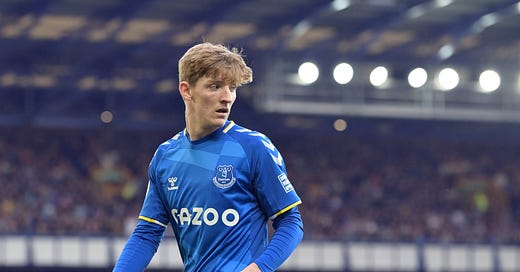


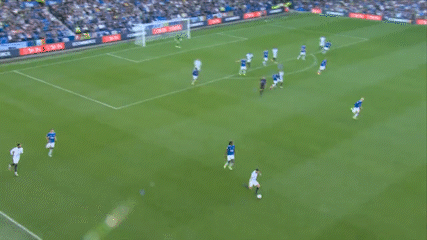
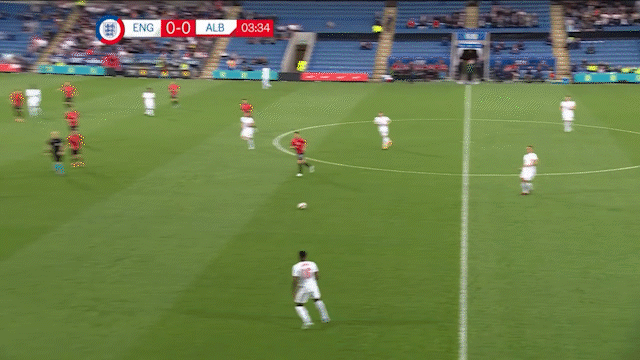
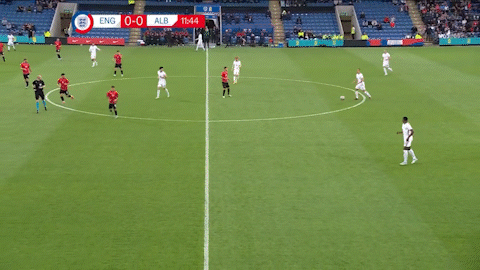
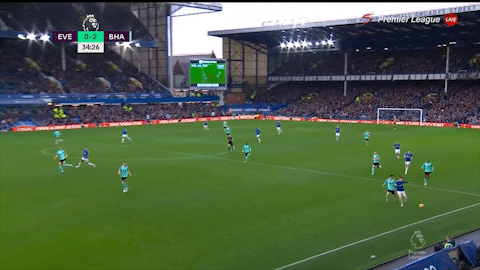
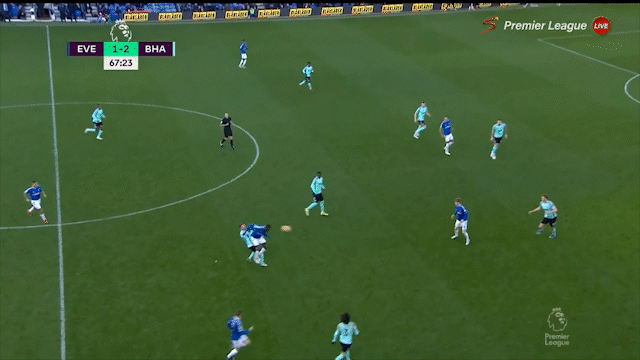





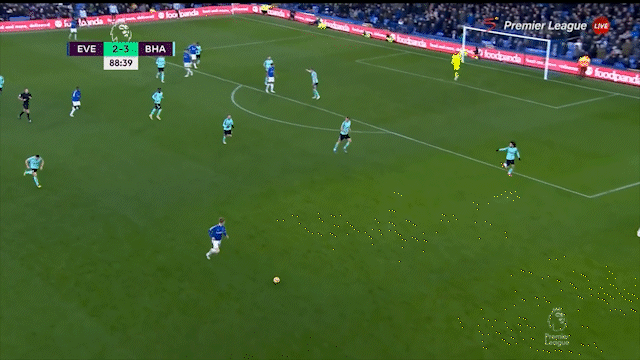
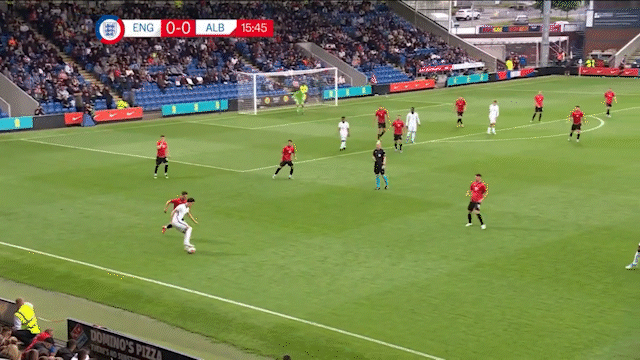

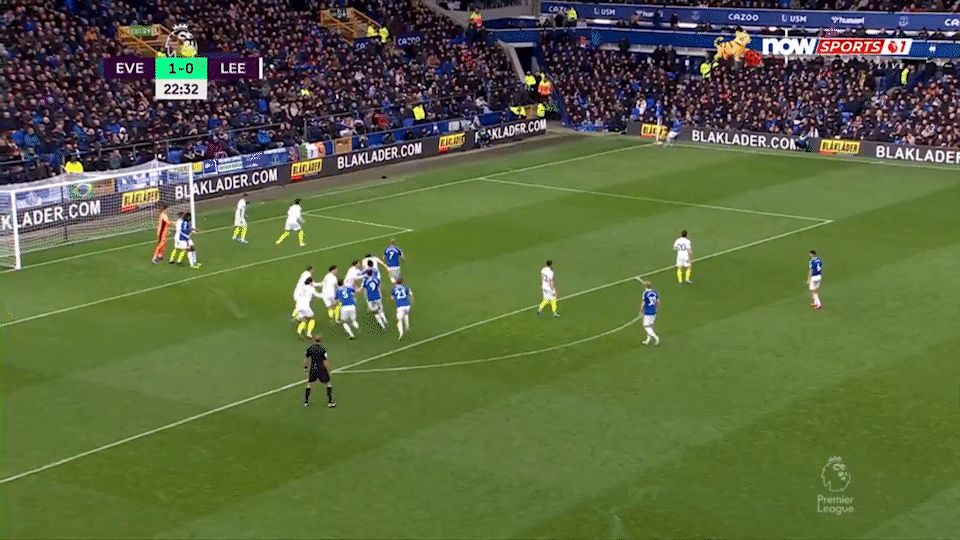
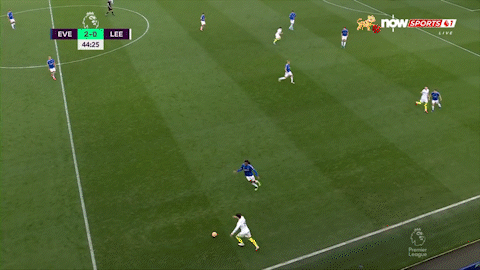

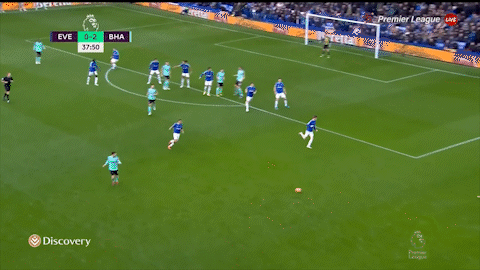

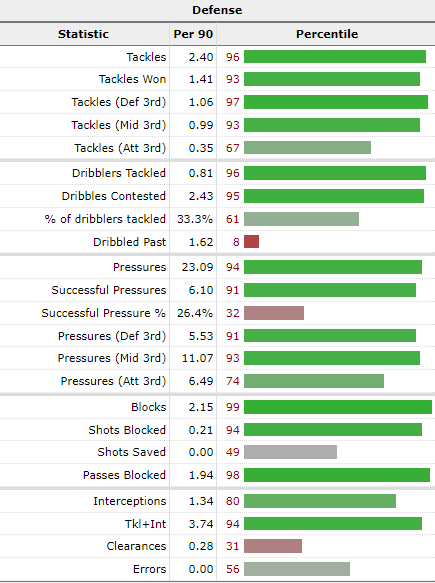


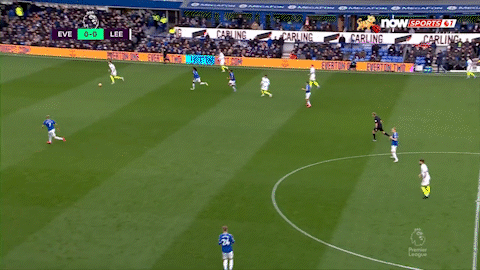
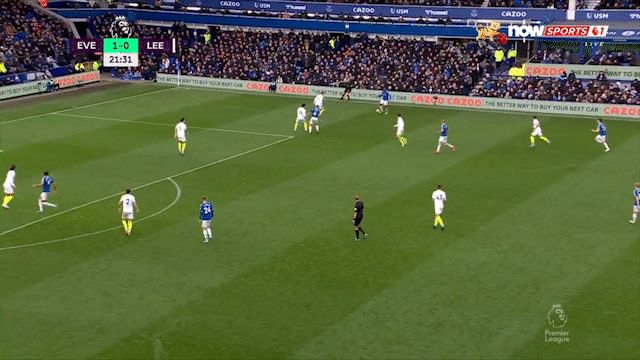
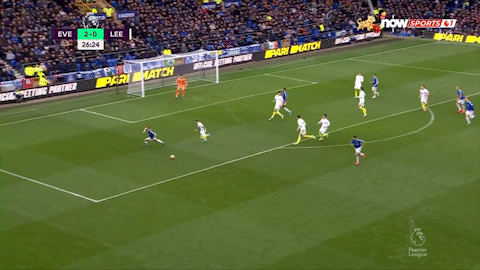
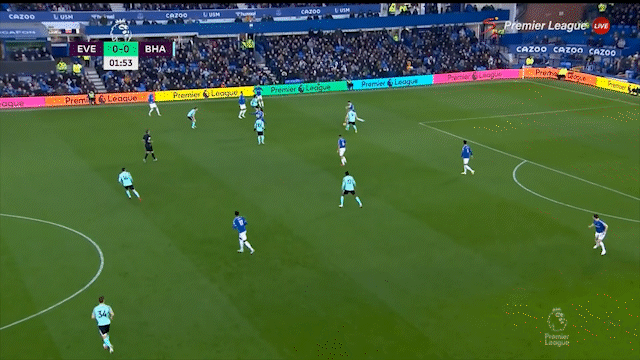

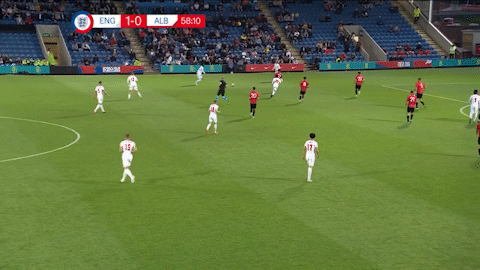




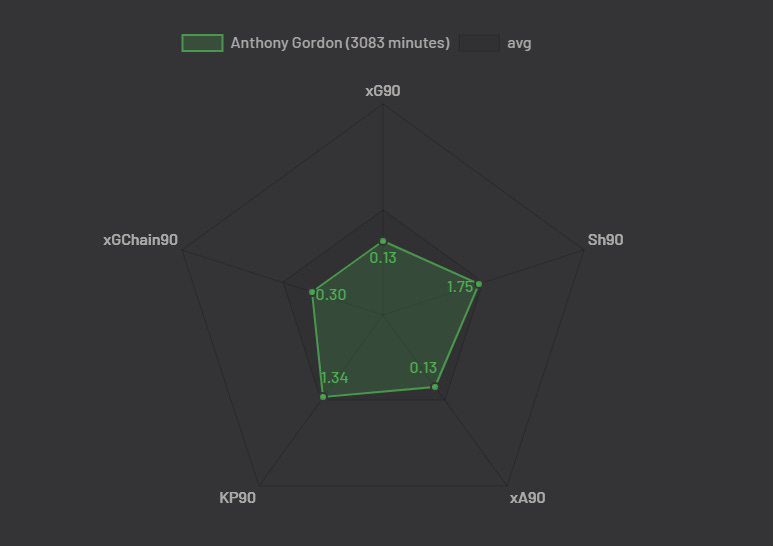



Brilliant Piece. This has persuaded that maybe Gordon can do well at Chelsea
EXCELLENT ANALYSIS 🤝✍️Was already sold on Gordon but now I’m even more certain